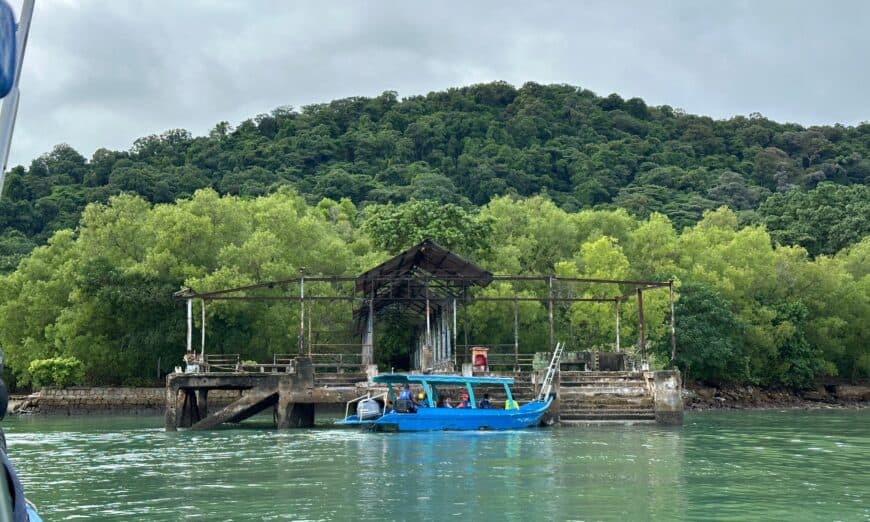THE Penang Forestry Department, in collaboration with the Penang State Sports Council (MSNPP), is exploring the possibility of transforming Pulau Jerejak into an eco-extreme sports island, according to the department’s director Muhammad Ezhar Yusuf.
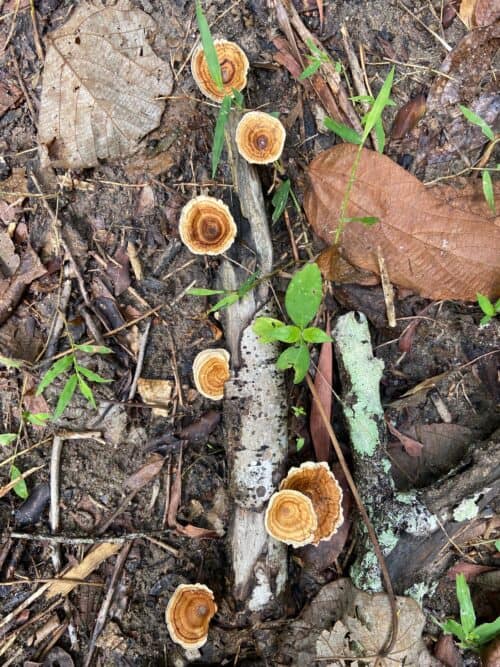
Pulau Jerejak encompasses 367.02 hectares, with 286 hectares (77.88%) gazetted as permanent reserves under the National Forestry Act 1984 on March 26, 2020. This portion of land is owned by the Penang government.
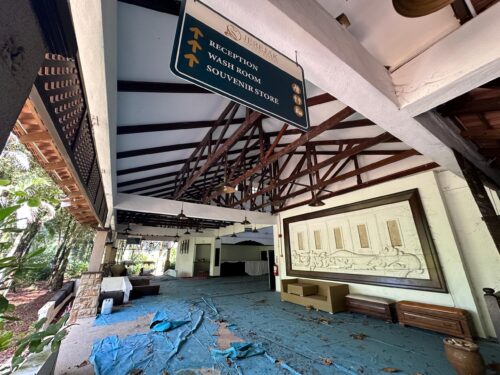
The remaining 22.12%, which includes most of the now-defunct Pulau Jerejak Resort, is said to be privately owned.
The gazetted area falls under the supervision of the Penang State Sports Council (MSNPP) and the Penang Forestry Department.
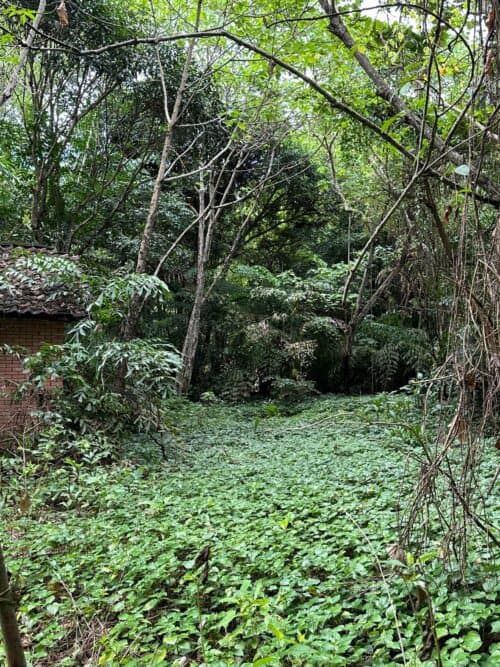
Muhammad Ezhar said ever since the outbreak of Covid-19 in Malaysia, very few activities have been held on the island.
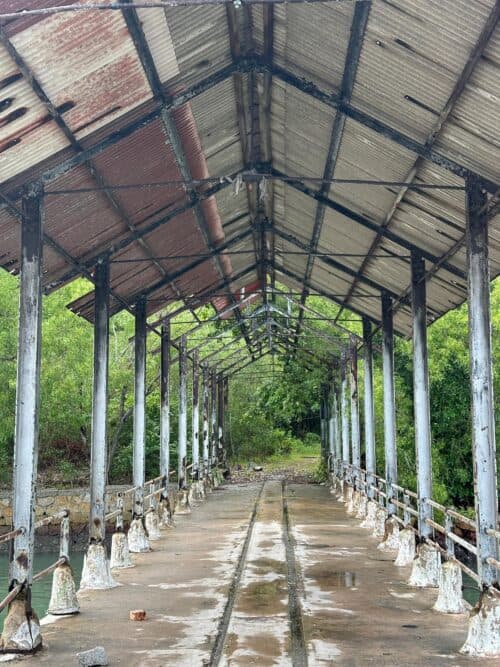
“The island has a lot of potential for revival once again. We have received requests from different parties to develop the island into an eco-extreme sports destination.
“Since the island was gazetted under the Act in 2020, there are guidelines and conditions that must be adhered to before we can proceed with other plans.
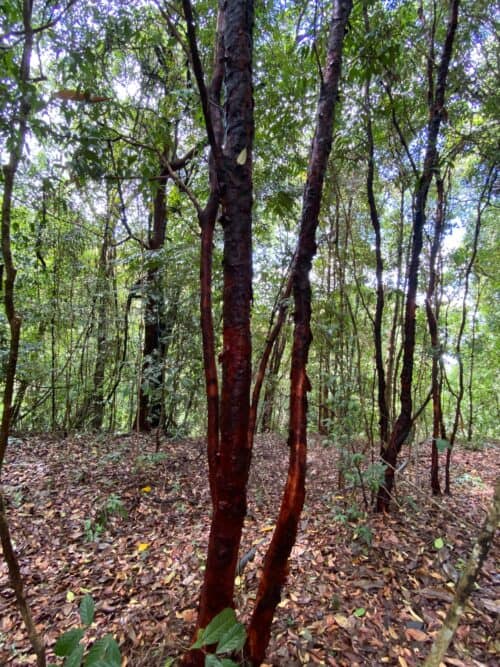
“We look forward to making this place active again, and another added advantage is that visitors will stand a chance to further explore the rich but forgotten history of Pulau Jerejak,” Muhamad Ezhar said during an exclusive site visit by Buletin Mutiara at the island on Aug 12.
The name Pulau Jerejak was given by fishermen who had lived on the island long before it gained its alias as the Alcatraz of Malaysia because of the Jerejak Prison.
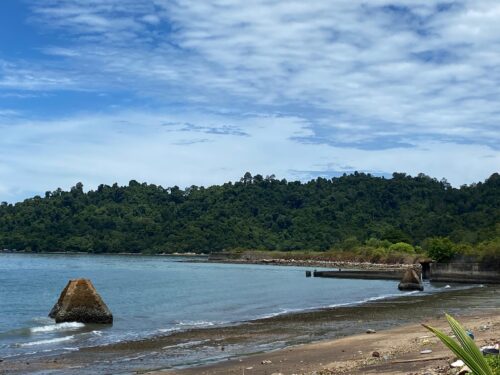
In the early 1870s, the island also housed a leper asylum, which closed in the 1960s, with inmates transferred to Sungai Buloh Leprosarium.
Located between Penang Island and Seberang Perai, Pulau Jerejak is an island rich with history, flora, and fauna.
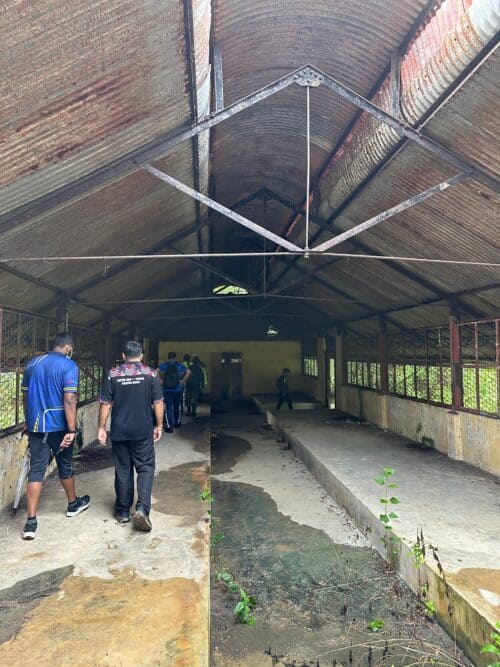
Based on recent findings by a group of researchers, the island, though not as famous as other islands in Malaysia, has had its fair share of significant historical events.
Captain Francis Light was said to have arrived at Pulau Jerejak in 1786 before heading to Penang.
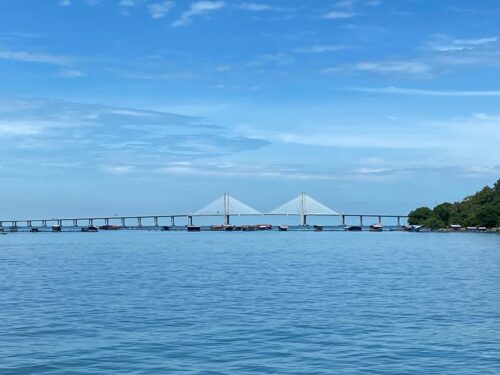
Jerejak made its debut in colonial records when Colonel Arthur Wellesley of Wellington, England, proposed that the island act as an alternative naval base to Fort Cornwallis in 1797.
The military post in Jerejak was supposed to protect the new town opposite Jerejak, which was to be called Jamestown, now known as Bayan Lepas.
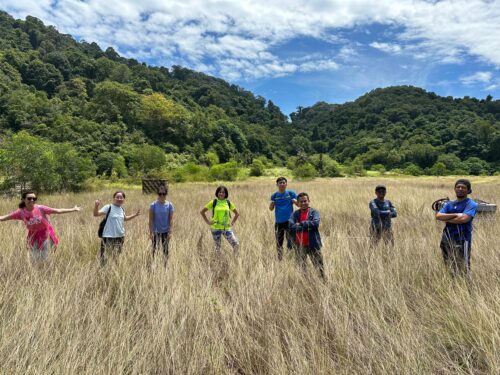
However, the plan was aborted due to a sudden outbreak of malaria, which resulted from extensive jungle cleaning.
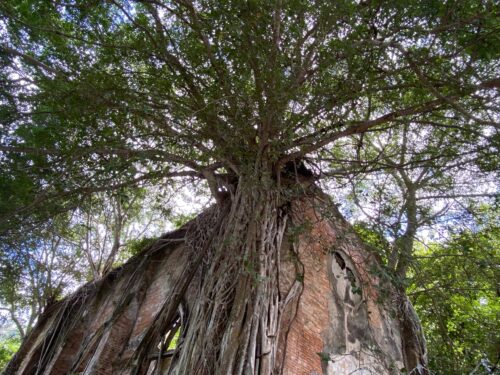
Meanwhile, in 1910, Pulau Jerejak was made a quarantine centre for immigrants planning to go to the main island.
Upon passing the health check and completing the quarantine, the immigrants were then sent to Penang Island for work.

During Buletin Mutiara’s visit, key sites such as the quarantine centre, police quarters, Catholic church, and Hindu temple were explored.
Those interested in organising hiking trips or other activities on the island are encouraged to contact the state Forestry Department at 04 – 262 5272 as a permit is needed to enter the island.
Story by Kevin Vimal
Pix by Darwina Mohd Daud

